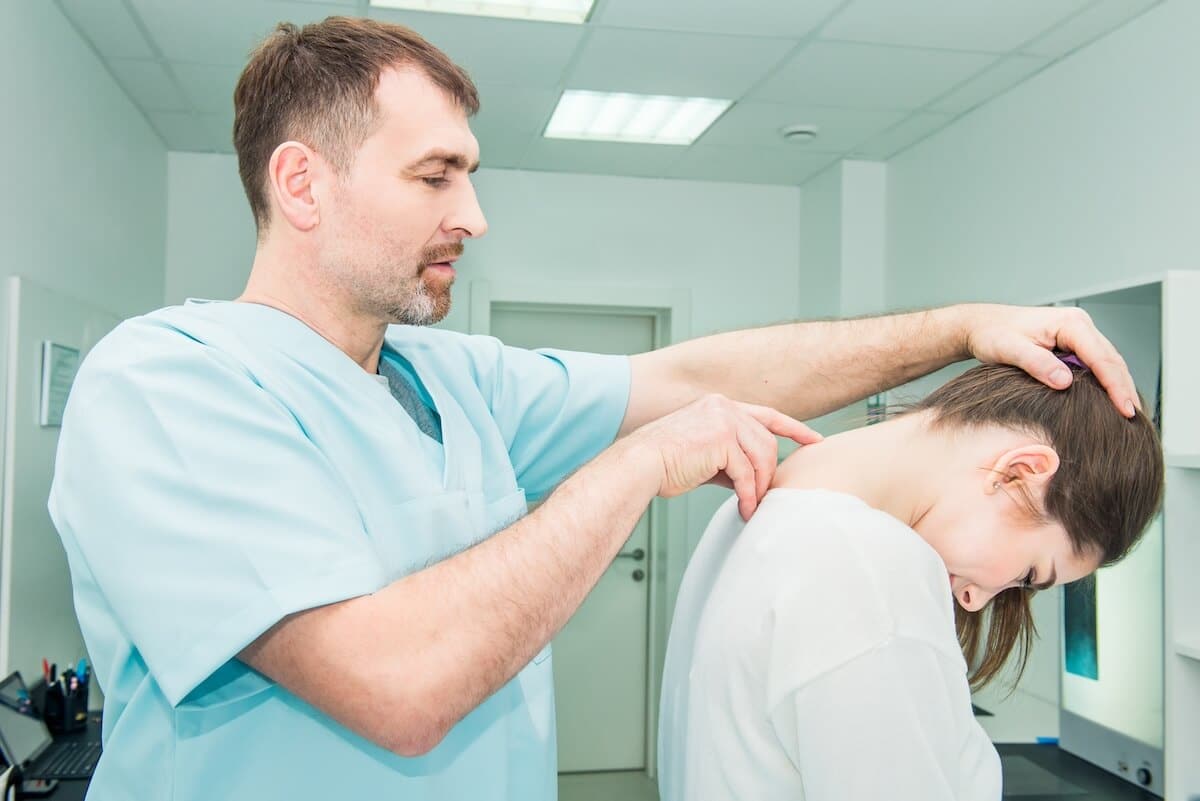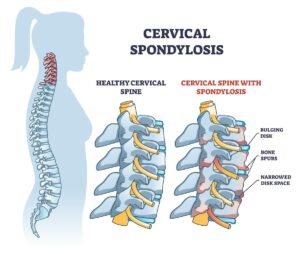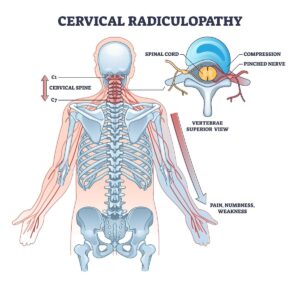Free download: Top 10 Natural & Easy Remedies for Joint Pain from Home. Learn these helpful remedies.
Estimated Reading Time: 5 minutes read
Cervical spine rehabilitation is crucial for individuals recovering from neck surgery or injuries. The neck, with its complex structure and range of motion, plays a pivotal role in our daily activities. Ensuring its proper function and strength is vital for a pain-free and flexible life.
However, it’s paramount to follow the guidance of healthcare professionals, especially after surgery. Each exercise or stretch should be performed according to the surgeon’s recommendations, as ‘rehabilitation’ implies a careful, post-surgery recovery process.
Table of Contents
The Importance of Rehabilitation Exercises
Post-surgery, the cervical spine needs gentle and gradual exercises to regain strength and flexibility. Neglecting proper rehabilitation can lead to stiffness, discomfort, and a prolonged recovery period.
The exercises outlined here are designed to aid in the recovery process, but remember, they should only be performed after getting a green light from your healthcare provider.
Effective Exercises for Cervical Spine Rehabilitation
Before starting these exercises, ensure you have the approval of your healthcare provider, especially if you’re in the post-surgery phase. Perform these exercises gently and avoid any movements that cause pain or discomfort.
1. Gentle Neck Range of Motion Exercises
A: Flexion:
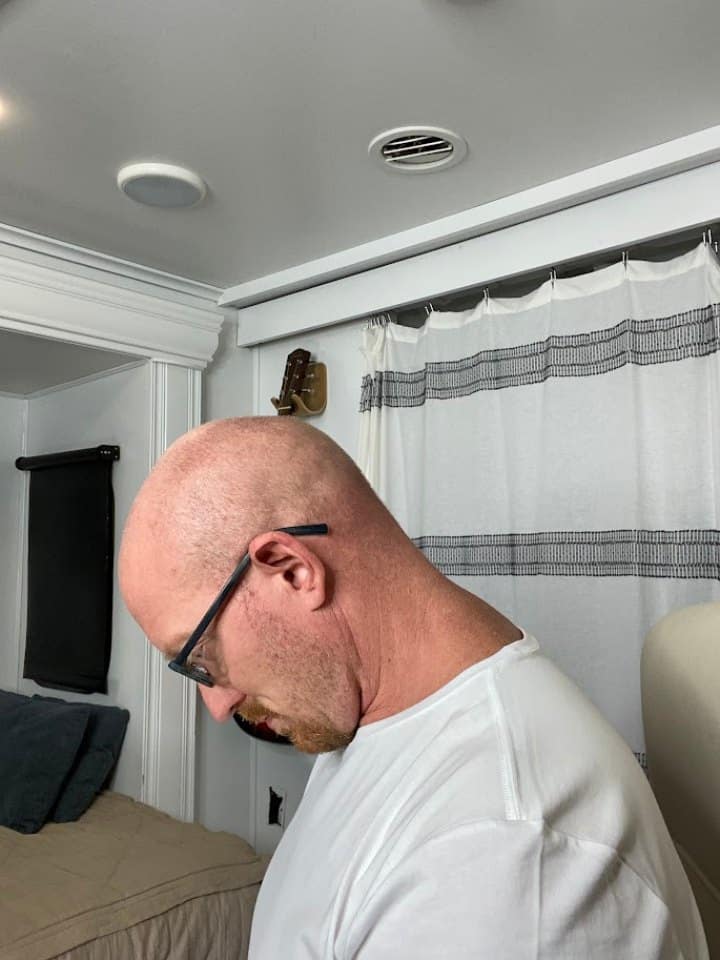
- Bend the head forward until you feel a comfortable stretch on the back of the neck.
- Hold for 2 seconds, then return to your starting position.
- Repeat 5-10 repetitions for 2 sets.
B: Extension:
- Bend the head backward. Do not push into pain.
- Hold for 2 seconds, then return to your starting position.
- Repeat 5-10 repetitions for 2 sets.
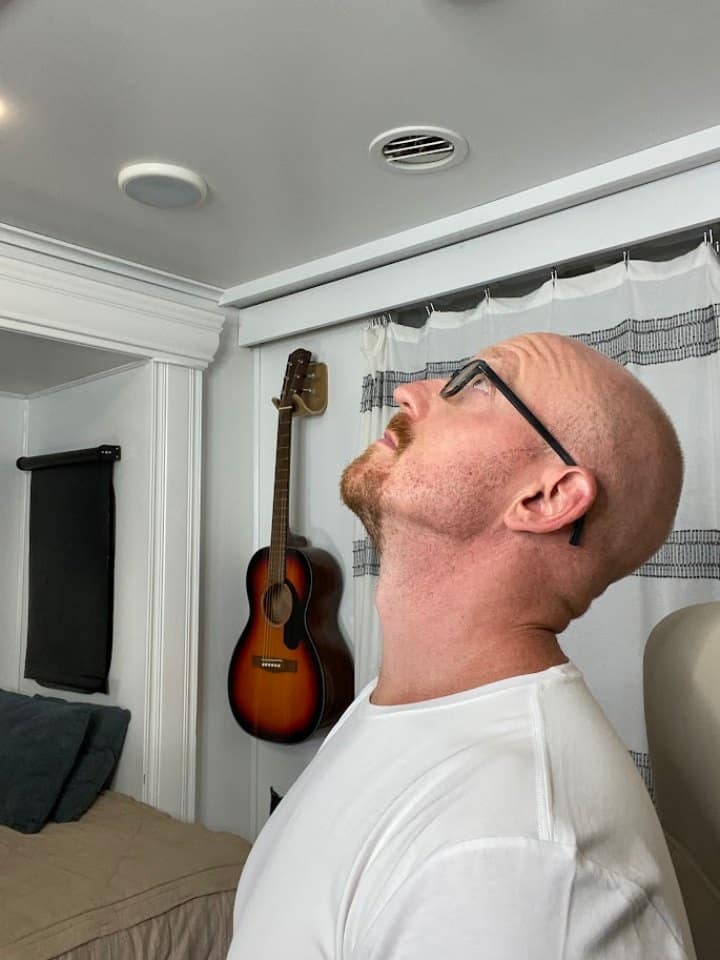
C: Rotation:


- Turn the head one side at a time, practicing on both the left and right sides.
- Make sure you don’t force the motion.
- Key in on turning away from the side the cervical dystonia is naturally pulling you into.
- Hold for 2 seconds, then return to your starting position.
- Repeat 5-10 repetitions for 2 sets.
2. Chin Tucks
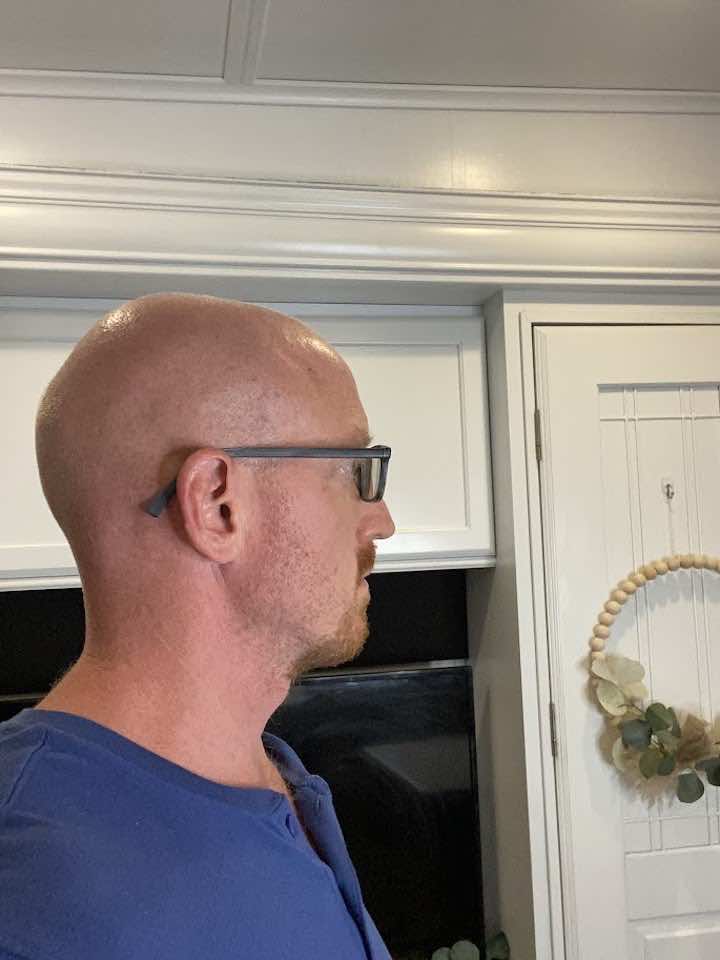
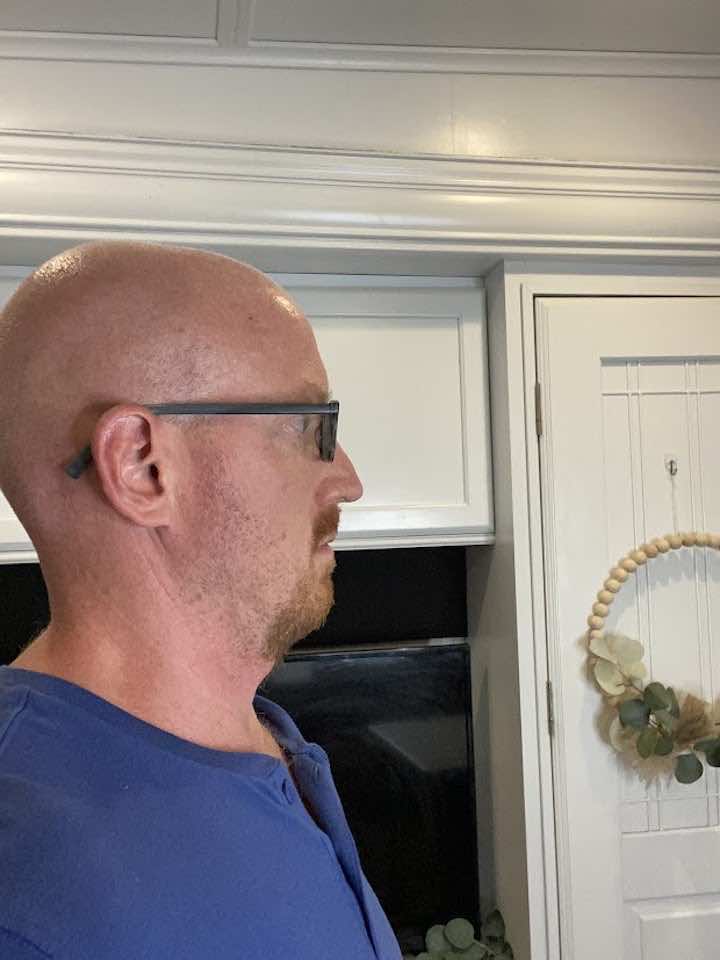
- You can perform a chin tuck laying on your back or sitting or standing.
- Gently tuck the chin directly back as if trying to make a double chin. Avoid nodding your head.
- Hold this position for 2 seconds, then slowly relax your muscles.
- Repeat 10 repetitions.
3. Scapular Retraction
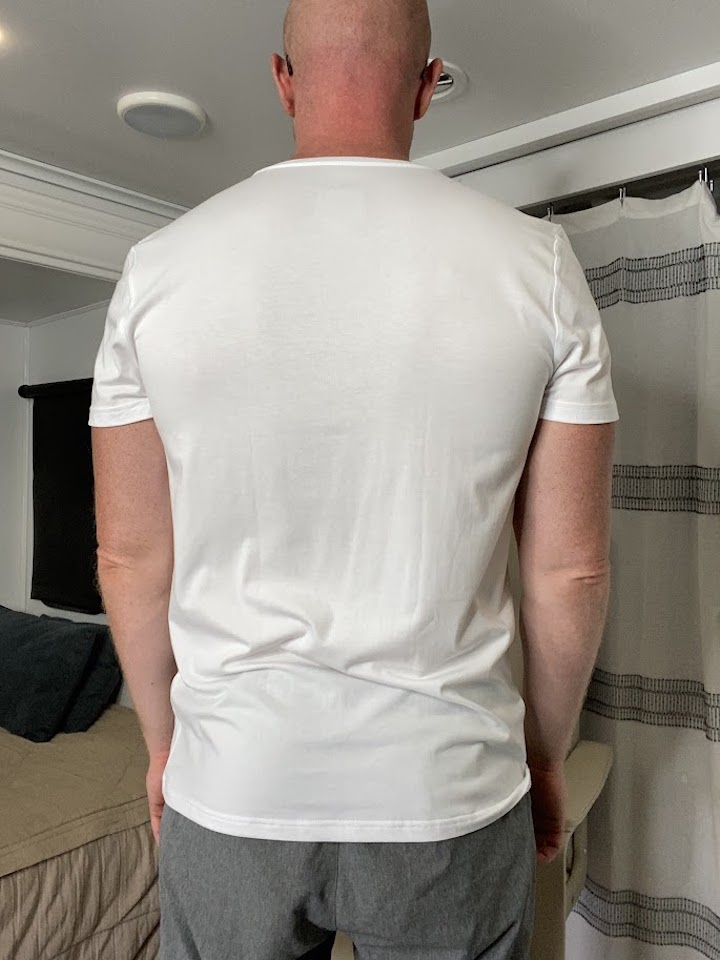
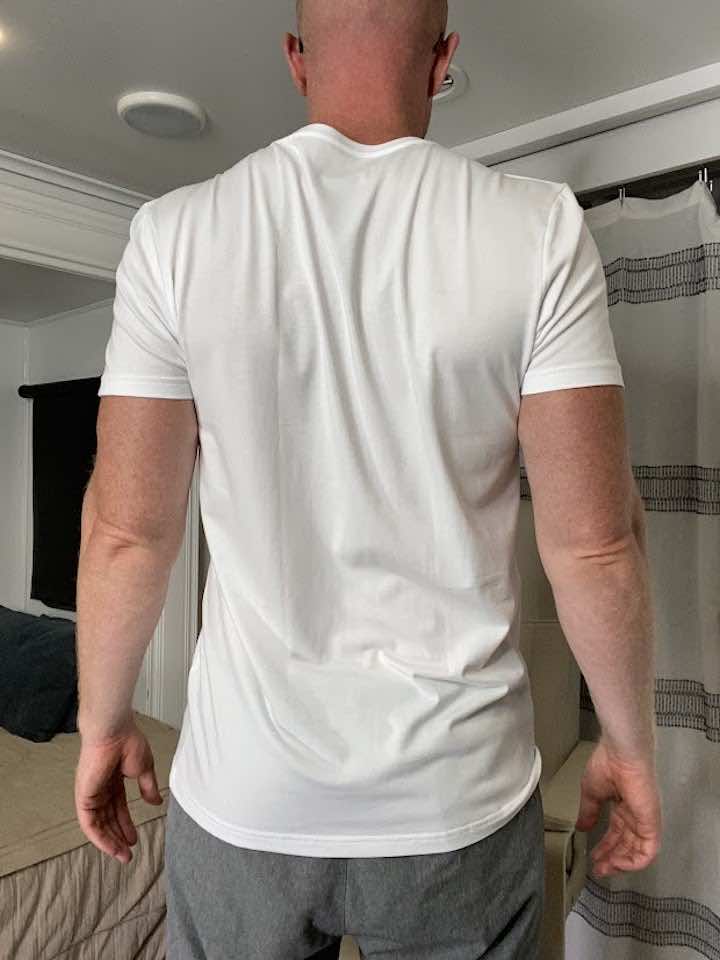
- In a sitting or standing position, try to sit as straight as possible. Aim to position the head in a neutral position as possible.
- Gently pull the shoulders back and squeeze the shoulder blades together.
- Hold for 5 seconds, then relax.
- Repeat 10 repetitions for 3 sets.
4. Rows with Resistance Band
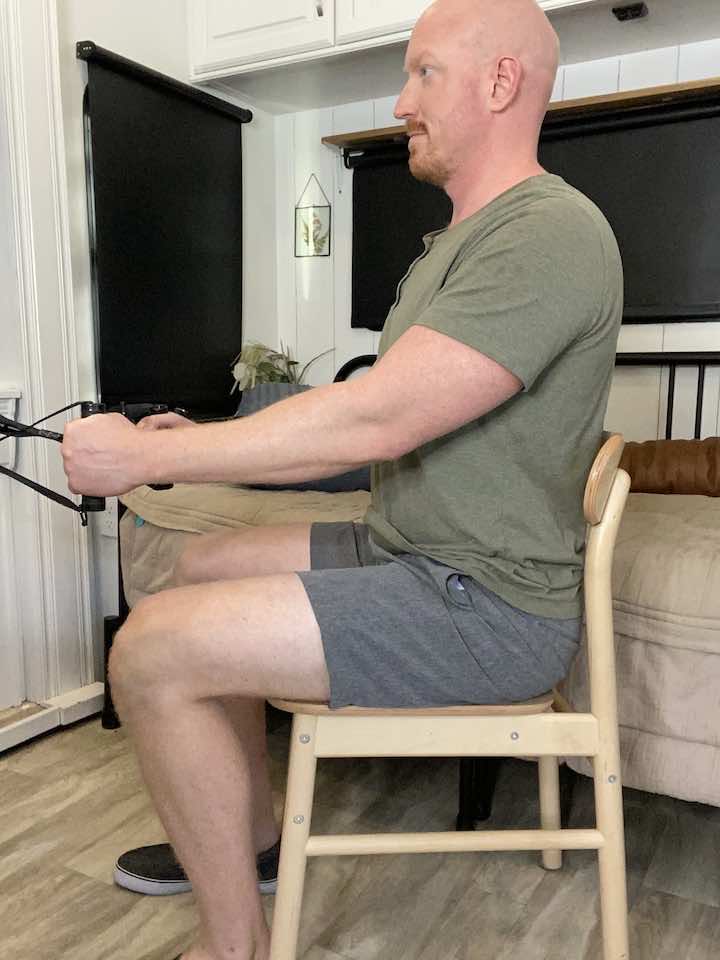
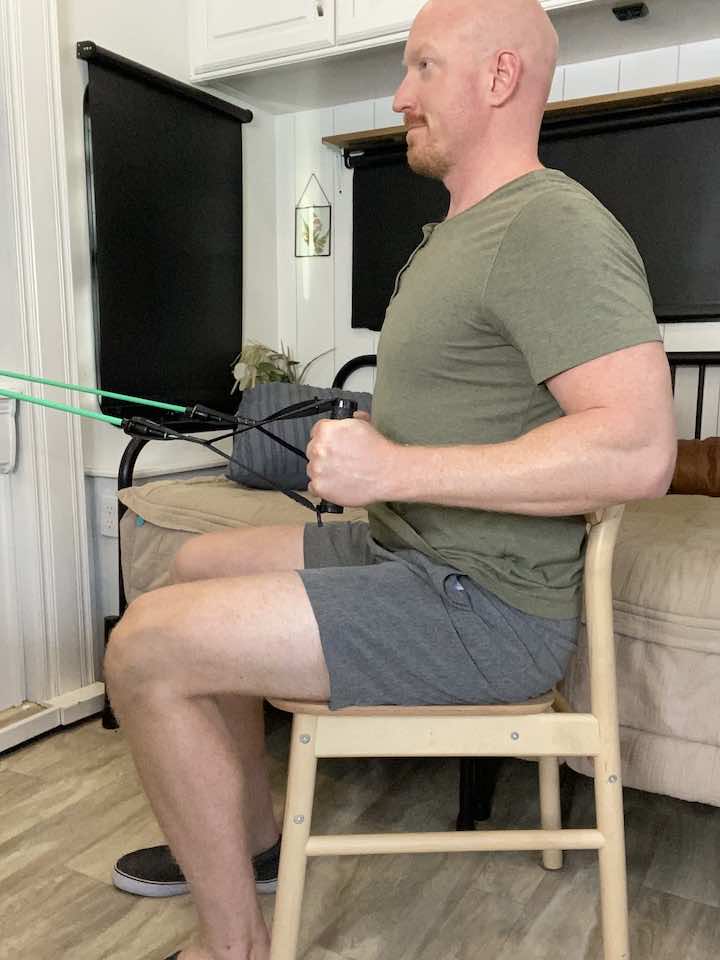
- Hold on to the ends of a resistance band (light, medium or heavy), which you can attach to a door knob.
- Begin with the arms elevated in front of you to shoulder height and the palms facing each other.
- Step back far enough that the resistance bend has a little tension.
- Pull back on the band by bending the elbows and swinging the arms back next to you. Make sure to squeeze the shoulder blades together.
- Hold for 2 seconds, then return to your starting position.
- Repeat 10-15 repetitions for 2-3 sets.
Stretch Your Way to Recovery
Incorporating stretches into your rehabilitation routine can significantly enhance flexibility and reduce discomfort. Here are some stretches you can do at home:
1. Levator Scapulae Stretch
- Begin by sitting upright in a chair.
- Depending on the side of pain, place that hand on the seat. For instance, if your right side aches, use the right hand.
- With your opposite hand, gently grasp the side of your head.
- Apply a gentle pressure to guide your gaze toward the opposite armpit.
- Hold for 30 seconds and repeat three times.

2. Pec Stretch

- Standing in front of your doorway, raise your arms up to shoulder height like a goalpost. The elbows will be bent with the palms facing forward.
- Keeping this position, rest the arms against your doorway.
- Slowly lean forward into a gentle stretch and hold for at least 30 seconds.
- Repeat this stretch for a total of 3 times.
Care Tips for Cervical Spine Rehabilitation
While exercises and stretches are vital, taking care of your cervical spine during the rehabilitation phase is equally important. Here are some tips:
- Follow Professional Advice: Adhere strictly to the guidelines provided by your healthcare professional.
- Maintain Good Posture: Whether sitting or standing, keep your spine aligned to avoid unnecessary strain.
- Take Breaks: If you’re working at a desk, take short breaks to stretch and relieve tension in your neck.
- Use Supportive Pillows: Ensure your pillow supports your neck properly, keeping your spine aligned while you sleep.
- Apply Heat or Cold: Use heat packs or cold compresses to relieve pain or inflammation as recommended by your healthcare provider.
- Stay Hydrated: Proper hydration is essential for maintaining the health of the discs in your spine.
Conclusion
Cervical spine rehabilitation is a journey that requires patience, consistency, and care. By understanding the causes and symptoms, performing the right exercises and stretches, and following essential care tips, you can significantly improve your neck’s strength and flexibility.
Remember, the key to a successful recovery lies in following the advice of your healthcare professional and listening to your body. With the right approach, you can work towards a pain-free, flexible, and healthy cervical spine.


